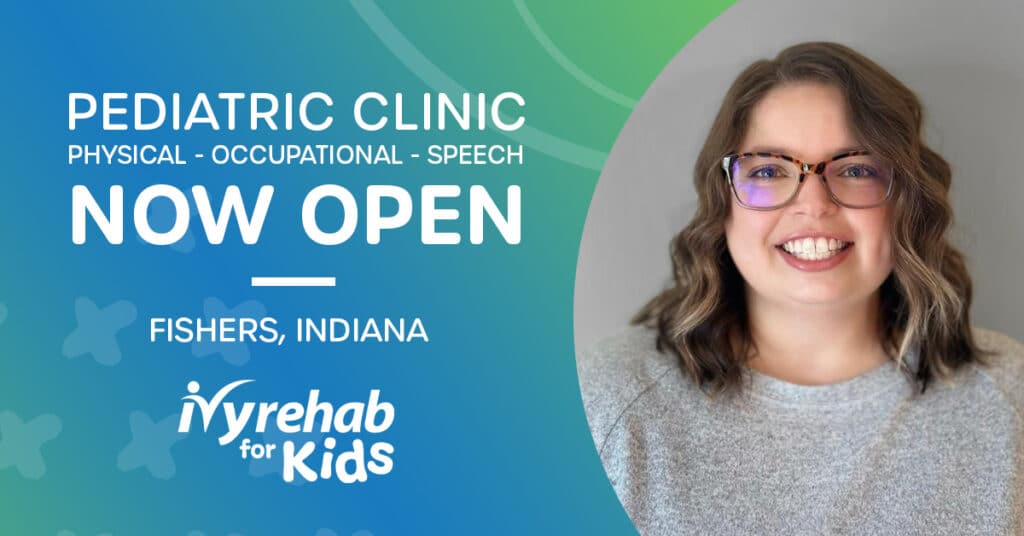Why Prehab Matters
If you’re planning for surgery—especially something like a joint replacement—you’re probably focused on what recovery will look like afterward. But here’s something many people don’t realize: what you do before surgery can make a big difference in how you heal.
That’s where prehabilitation, or prehab, comes in.
Prehab is a short-term physical therapy program designed to help you get stronger, move better, and feel more prepared ahead of your procedure. Studies show that patients who complete prehab often experience less pain, faster recovery, and fewer complications after surgery (National Institutes of Health, 2013).
What Is Prehabilitation?
Prehab is about getting your body ready for what’s ahead. It’s a customized plan built just for you, with exercises that focus on strength, flexibility, and balance. You’ll also learn practical tips to help you navigate the first few days after surgery more easily.
And because you’ll be working with your physical therapy team before your procedure, you’ll already have a support system in place when it’s time to rehab.
Benefits of Prehab Before Surgery
If you’re preparing for something like a knee or hip replacement – or even a non-orthopedic procedure – prehab can help set you up for a smoother recovery.
Benefits of prehab include:
- Less pain after surgery
- Faster return to daily activities
- Improved mobility and strength
- Fewer complications
- A better understanding of what to expect
- Greater confidence going into surgery
Why Prehab Matters for Athletes
Prehab exercises are essential for athletes seeking to minimize the risk of injury and boost their performance. These exercises work on mobility, stability, and strength, fitting seamlessly into an athlete’s routine. These exercises focus on key muscle groups and joints, particularly targeting the shoulder, hip, and leg, to enhance stability. Exercises targeting the shoulder can prevent injury and improve performance. By adopting a preventive approach, athletes can not only reduce the risk of injury but also enhance overall performance by refining muscle coordination and joint strength. Athletes not only increase their strength but also refine their techniques by adopting prehab. Integrating prehab into their training helps athletes work on stabilizing their shoulder and hip muscles, thus maintaining peak performance.
What to Expect in Your Prehab Program
Your physical therapist will design a plan based on your specific needs and goals. It may include stretching, strengthening, and balance exercises to help you move better and reduce discomfort. They can even teach you how to use crutches, wheelchairs, or go up and down steps safely – so you feel ready and supported when it’s time to head home after surgery.
The goal is to give you the tools and confidence you need to recover well and get back to what matters most.
5 Prehab Exercises for Knee Surgery
If your upcoming surgery involves a joint – like a knee replacement – your prehab program may include exercises that focus on building strength, range of motion, and confidence in everyday movement. Always check with your doctor or physical therapist before starting a new exercise routine.
1. Squats
Hold on to a sturdy surface for balance if needed. Stand with your feet about hip-width apart. Bend your knees and lower your body, keeping your back straight. Squeeze your glutes as you return to standing.
2. Heel Slides
Lie on your back with your legs straight. Slowly slide one heel toward your hips to bend your knee, then slide it back down. Alternate slides.
3. Quad Sets
Sit or lie with your legs stretched out in front of you. Tighten the muscle on top of your thigh by pressing the back of your knee down toward the floor. Hold for 5 to 10 seconds, then relax.
4. Short Arc Quads
Place a rolled towel or foam roller under your knee. Keeping your thigh on the support, slowly straighten your leg by lifting your foot. Tighten, lift, and lower it back down.
5. Clamshells
Lie on your side with knees bent and feet together. While keeping your heels touching, lift your top knee, then lower it back down. Do 5 to 15 reps per side, up to 3 sets.
Tip: These knee strengthening exercises may sound easy, but proper form is everything. Your physical therapist can make sure you’re doing them safely and getting the most out of each movement.
Make Prehab Part of Your Daily Workout
Your body will thank you for this correct blend of exercises. Consider blending prehab with workouts such as squats, single-leg balances, and core strengthening exercises to enhance performance and prevent injury. Consider blending prehab with existing workouts such as squats, single-leg balances, and core strengthening exercises. By doing so, not only do you increase your strength and mobility, but also ensure a balanced and injury-free training regimen. Prehab routines effectively enhance muscle function, stabilize joints, and promote proper movement patterns, even outside of surgical contexts.
Prefer to Stay Home? Try Prehab Through Telehealth
Many find it important to incorporate prehab into their schedule for consistent improvement. Can’t make it into a clinic – or just prefer the comfort of home? Ivy Rehab offers telehealth appointments so you can get expert guidance from your phone, tablet, or computer.
Let’s Get You Ready
Surgery can feel like a big step, but you don’t have to walk into it unprepared. Prehab can help you build strength, reduce worry, and feel more in control of your recovery. Our therapists are here to support you every step of the way.
Article by: Holly Lookabaugh-Deur, PT, DSc, GCS, CEEAA
Ivy Rehab
Holly is a practicing physical therapist with over 40 years of experience. She specializes in sports management, geriatric care, oncology rehab, and aquatic therapy. Holly is board certified in geriatrics and serves as adjunct faculty at Central Michigan University and Grand Valley State University.





